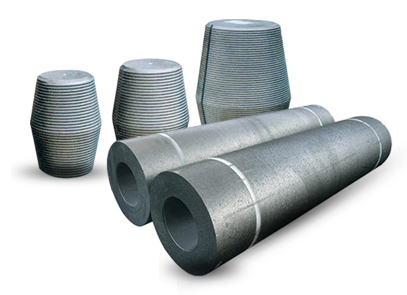What are the main differences between regular and high-power gra
The main differences between regular and high-power graphite electrodes lie in their composition, properties, and intended applications:
1. Composition:
Prev: What factors affect the lifespan of graphite electrodes, and how
Next: How much is graphite electrode per ton?
1. Composition:
- Regular graphite electrodes are typically made from petroleum coke and coal tar pitch, with a lower proportion of needle coke.
- High-power graphite electrodes contain a higher proportion of premium-grade needle coke, which enhances their thermal conductivity and mechanical strength.
- Regular graphite electrodes have lower thermal conductivity and mechanical strength compared to high-power electrodes.
- High-power graphite electrodes exhibit superior thermal conductivity, higher mechanical strength, and greater resistance to thermal shock and oxidation.
- Regular graphite electrodes are suitable for standard steelmaking processes with lower power requirements, such as smaller-scale electric arc furnaces (EAFs) or ladle furnaces.
- High-power graphite electrodes are designed for high-demand steelmaking applications, such as larger EAFs or those requiring higher power inputs and longer operating cycles.

- Regular graphite electrodes are appropriate for steelmaking operations with moderate power demands, where cost-effectiveness is a priority and performance requirements are not as stringent.
- High-power graphite electrodes are preferred for demanding steelmaking processes that require high-power inputs, longer operating cycles, and superior performance in terms of thermal conductivity, mechanical strength, and resistance to thermal shock. These electrodes are well-suited for large-scale steel production and specialized applications where efficiency and reliability are critical.





